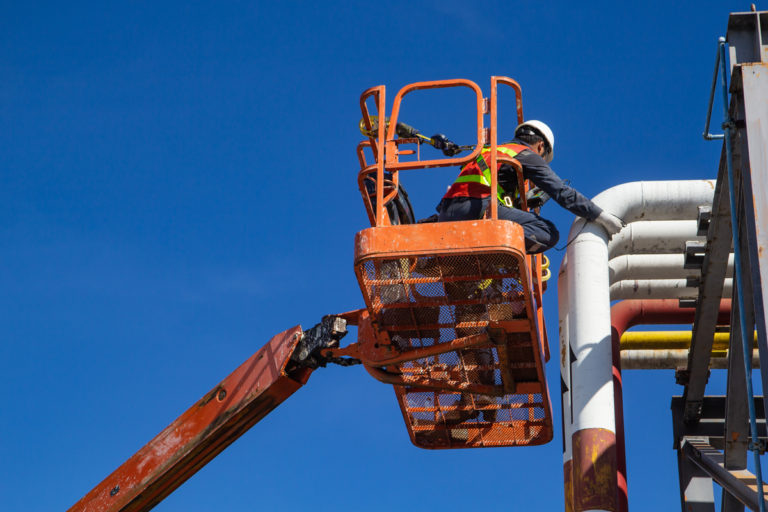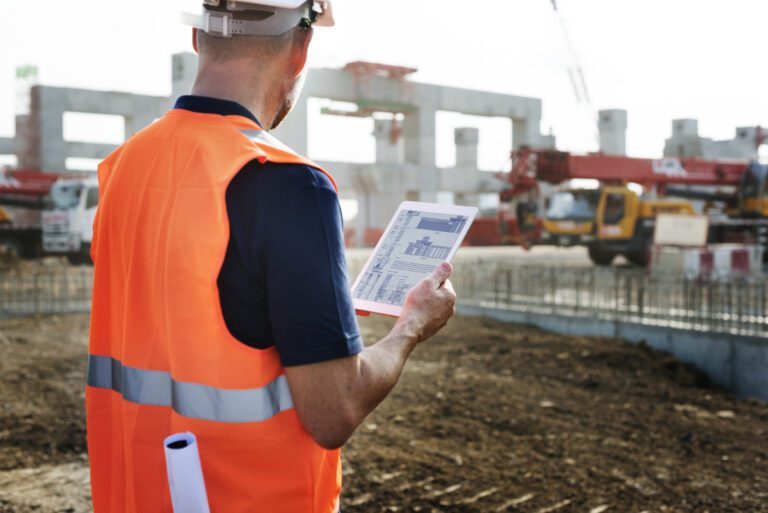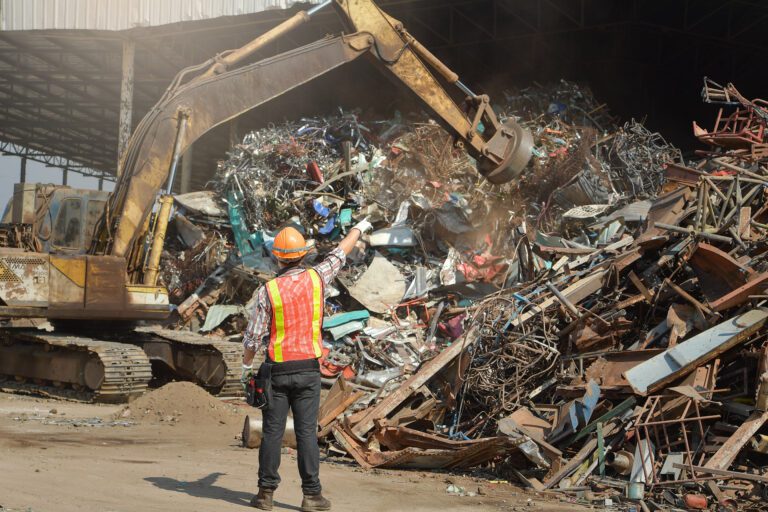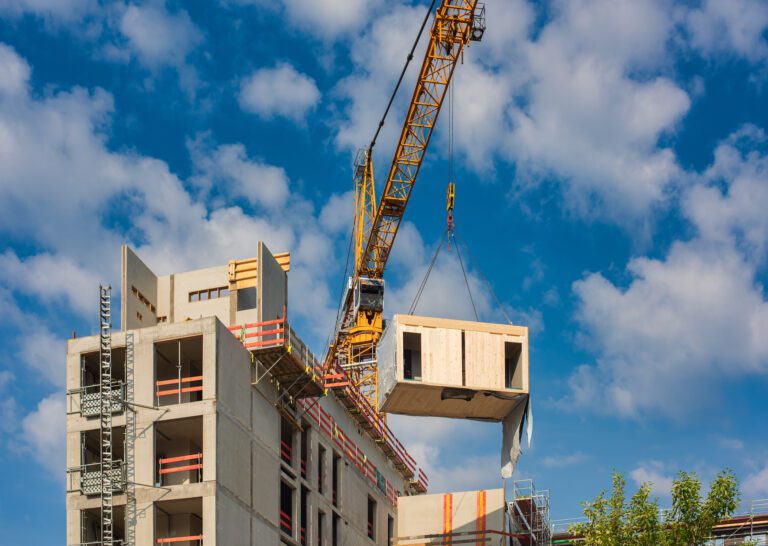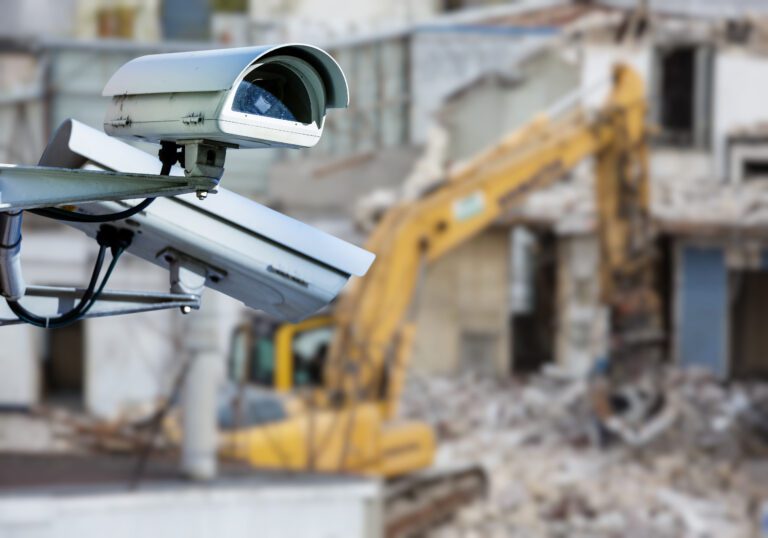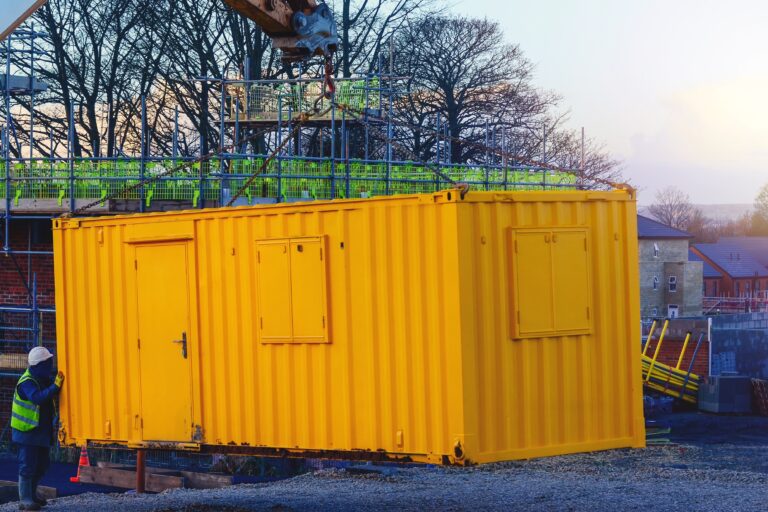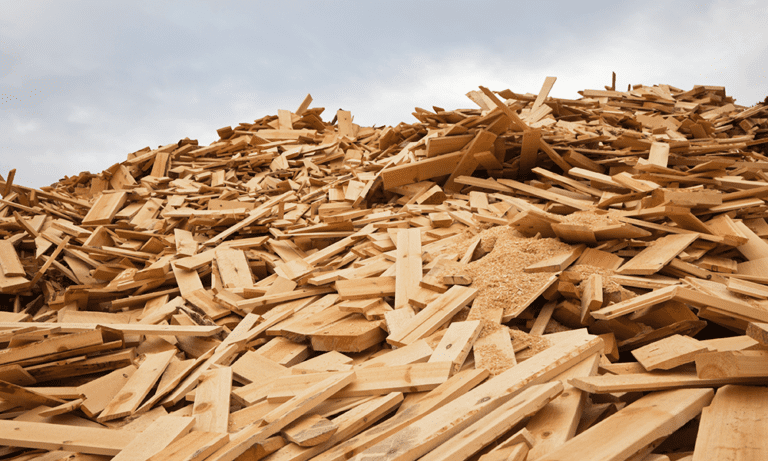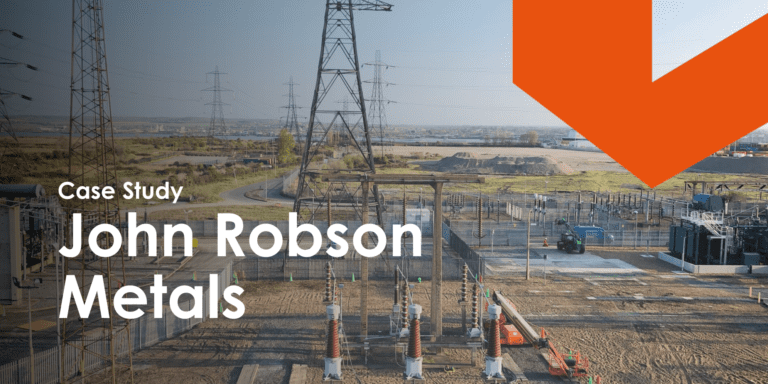17th August, 2021
Surveyor’s Toolkit: The Equipment You Need for Accurate Site Inspections
To carry out an inspection correctly, surveyors need the right tools. We explore the equipment needed to complete accurate site inspections. Learn more here.
Surveyors are usually the first people on a construction site.
Before constructing any building, it is critical workers understand the site conditions as this helps identify any obstacles that could arise during a project.
This helps save time and money prior to construction and also ensures workers have the correct tools and equipment.
The data gathered from a survey assists in the planning and design of a construction project to establish the best course of action. From helping to plan major infrastructure projects to building extensions and renovations, a survey must be conducted first to assess the land and surrounding area.
This ensures different regulations are met, including the land being safe to build on and the feasibility of the overall project. During each stage of the construction, a survey is needed to plan structures accurately and safely.
In this blog post we’ll identify the different stages of a construction survey and what equipment is needed for it to be carried out accurately.
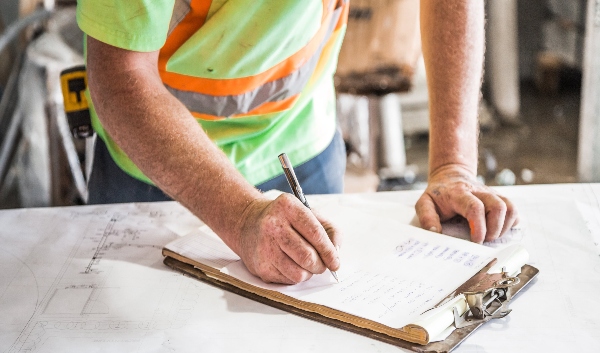
Different Types of Surveys
From design stage to completion, there are different types of surveys involved to ensure buildings are not only constructed correctly, but are also maintained.
Let’s take a look.
Design and Pre-construction Surveys
As the name suggests, this type of survey is conducted before anything is built.
The data gathered at this stage supports project managers when making decisions about the design, planning, and pre-construction of the project. This process turns ideas into reality by setting out site and boundary analysis to topographic surveys, and maps.
During design and development stages, land surveyors provide the necessary information to understand the land, and, in particular, they help the team determine whether the site is usable for the intended purposes.
Topographic measurements, utility overviews, conditions of paths and streets, are all pieces of information included in this survey.
As a project manager, having an experienced surveyor during the early stages of planning and development will ensure that the rest of the project runs smoothly. It’s important to get this right from an early stage as it sets the direction for the rest of the process.
Construction Surveys
Keeping the project on budget and on deadline is key. You don’t want to risk running over on timescales as you will have client expectations to fulfil.
Surveys during the construction stage help to keep everything on track. They set out project features and components in accordance with the initial plans and design documents to ensure everything is accurate and compliant.
Furthermore, surveys at this stage can be used to compare the finalised design with the current product to ensure major construction milestones are being met.
Post- Construction Surveys
Conducting surveys once a project is complete has many benefits. This final survey is used to evaluate the finished product and compare it to the initial plans to make sure different requirements have been fulfilled.
Furthermore, the survey is used to document the final project for the owner and to keep as evidence for regulatory agencies records.
No building should simply be built and then left. Conducting regular inspections after completion is key for repairs and maintenance. This allows companies to find and mitigate problems much quicker which reduces the potential of any downtime. The longer a building goes without repairs, the more complex and the more expensive those repairs become.
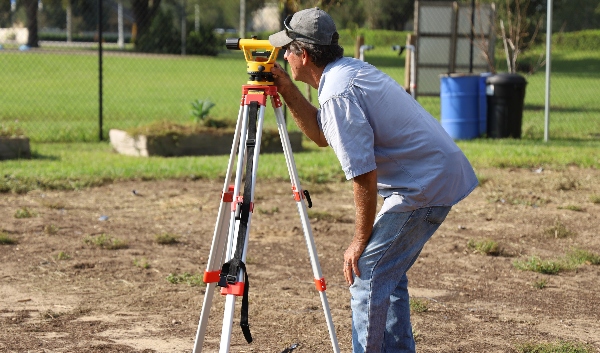
The Surveyors Toolkit
A construction survey involves looking at the natural habitat before any work begins. Because of this, a surveyor will make use of different pieces of equipment to make sure the data they gather is accurate and efficient.
These instruments help them to assess the land, conduct mapping, levelling, and setting out. Without precise data, construction teams are unable to properly understand the area they are building on.
Anemometer
These pieces of equipment are highly useful when measuring air velocity, air flow and temperature. They provide accurate readings when performing survey projects.
An anemometer has many uses and is suitable for a variety of applications. For example, an air conditioning repair technician might use an anemometer to measure the output of a unit they are troubleshooting, whereas a wind turbine surveyor might use an anemometer to determine if a certain area would be a good location to harvest wind power from.
An anemometer basically measures wind speed. They usually work by counting the number of revolutions that their circular array of blades make within a certain period of time to see how fast the wind is blowing. This measurement is then translated into a calculation of wind speed in units such as miles per hour, kilometers per hour, or meters per second.
Cable and Pipe Locator
A cable locator is used for detecting the presence and approximate location of any buried utilities. This avoidance tool lets the user check an intended excavation area for power, radio and genny signals, and recognises located utilities in a single scan.
Underground cables enable telecommunication and transmission and are particularly useful in built up areas where overhead cables are not the best option. Locating these cables and underground facilities is a key aspect of the pre-excavation process as cables can be at risk of getting damaged.
Utility strikes are a regular occurrence on construction sites which compromises public safety, leads to repair costs, and causes delay to the project. The pre-excavation process is mandated by law and guided by a number of industry standards.
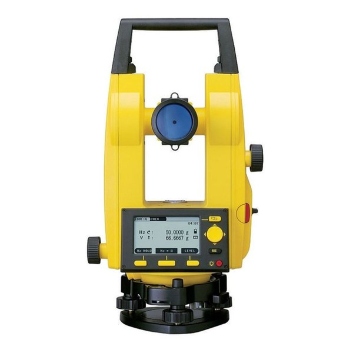
Theodolite
This surveying instrument is used to measure horizontal and vertical lines. Consisting of a moveable telescope mounted, it can rotate around horizontal and vertical planes to provide angular measurements. These indicate the orientation of the telescope, and are used to relate the first point sighted through the telescope to other sightings from the same theodolite position.
Using these readings a plan can be drawn up, or objects can be positioned in accordance with an existing plan. The traditional use of a theodolite is land surveying, although they are now used for building and infrastructure construction.
Thermal Imaging Camera
Thermal imaging surveys involve the use of thermal imaging cameras which visually represent the temperature of a surface or an object in order to identify any thermal anomalies that indicate potential defects. The image produced is called a thermogram and it is analysed through a process called thermography.
These surveys are usually required for 3 reasons including the commissioning of new buildings to identify defects at any early stage, maintenance activities as part of a condition monitoring programme, and for fault diagnosis when equipment is not performing correctly.
They were originally developed for surveillance, but are now used across various applications such as building and industrial inspections.
CCTV Drain Camera
CCTV drain cameras inspect drains and sewers, producing high quality images which show current and potential problems. This enables any issues to be easily identified so an action plan can be put in place.
For example, small cracks can result in a water leakage that gradually reduces the stability of piping, while larger cracks allow debris to enter which results in blockages. Also any pest infestations can lead to serious health and safety risks so it’s important the condition of pipes and drains are maintained.
CCTV surveys help to identify these problems at an early stage with minimal disruption enabling you to get pipes back in good working order. By spotting issues early on, it helps prevent small problems from escalating into something more complex.
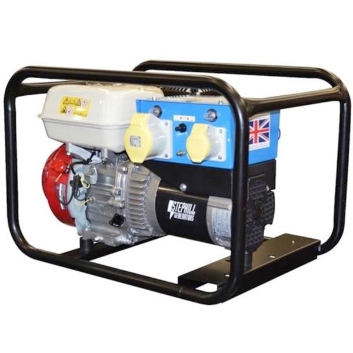
Signal Generator for Cable and Pipe Locator
A signal generator is an essential tool to complement a cable locator. Whilst a cable locator has the ability to pick up power and radio signals emitted from buried services, in combination with other pieces of equipment (such as a signal generator), they can also pick up smaller cables.
Given the whole point of these instruments is to protect the public and workers from the damaging effects of utility strikes, best practices demand the use of a signal generator. By passing signals across a range of frequencies along a service, the user is able to trace that service efficiently and accurately before breaking the ground.
At YardLink, our signal generator provides a revolutionary dual-frequency signal output. Together with the familiar 33 kHz locate signal for general purpose utility tracing, this signal generator can also transmit a second frequency designed to locate smaller cables such as telecoms, data and street lighting.
For more complicated applications, it also features a new power boost function that enables the frequency signal to travel further and deeper into the ground, whilst coupling onto utilities more easily.
Laser Site Level With Tripod
A laser site level projects light onto a surface, providing a reference point to a user so they can make sure their work is accurate and level.
These pieces of equipment are highly precise and provide more accurate results than a spirit level. They are used in a variety of jobs where a level reference is required such as installing ceiling tiles, installing stair railings, and installing receptacles for power.
They are also suited to large tasks such as installing sewer pipes and handling a site grading plan for a new building. There are different types of lasers depending on the needs of your project including dot lasers, line level lasers, and rotary lasers.
At YardLink, our laser site level comes complete with a tripod and staff. The ergonomic design provides easy handling, while a rugged build allows for daily use in the harshest conditions. Regardless of the application, these levels measure with the highest precision and accuracy to give you complete peace of mind. If you’re unsure about which piece of equipment you need, speak to a member of our friendly team today!
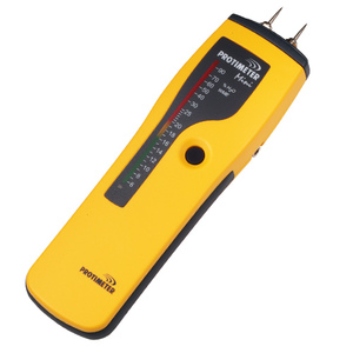
Damp Meter
Damp meters are used to assess parts of a property that could be subject to damp. These pieces of equipment are very useful to surveyors and take the guesswork out of assessing damp in timber or masonry.
When inspecting a building, these tools detect moisture which could cause problems to a new or existing structure. There are three main types of damp meter that are used to identify levels of moisture or damp within a building. These are carbide moisture meters , laboratory testing meters, and an electrical resistance meter.
It’s essential any damp is identified early on as this causes issues with the construction of a building including problems with wiring and mould.
How YardLink Can Help Surveyors
At YardLink, we supply a range of surveying equipment hire options so you can get accurate results every time.
Hiring your survey equipment is a cost-effective solution as it saves you buying an instrument outright. This also means that you don’t have to pay for calibration and servicing costs which is a huge advantage to any business.
Our comprehensive range of survey equipment includes every instrument you could possibly need, including laser levels, cable and pipe locators, and thermal imaging cameras. By using our surveying equipment on your site, you can be precise and efficient when gathering data.
Talk to us today to see how our survey equipment hire solutions can work for you or take a look at our full range of equipment options!
With a trusted network of local suppliers, you can be sure you’re getting the best possible service. And even better, our tools are available for next day delivery meaning you can get out on site and conduct inspections without delay. Just one of the many reasons why people choose to use our hire service.
Surveyor’s Toolkit: The Equipment You Need for Accurate Site Inspections
The job of a surveyor is very important as without accurate data, it can hold up an entire project. From assessing the condition of land to making sure a site is safe, it’s key they have the right equipment to carry out the job.
A survey can highlight any problems that could arise in the long run to make sure a plan is put in place. This helps save both time and money and also ensures the safety of workers on site. Regardless of the project, understanding the land before construction is key as it’s better to identify problems sooner rather than later.
Even once a building has been constructed, surveys are important to ensure it is correctly maintained. As discussed, a building should never simply be built and then left as this means issues could go undetected for long periods of time.
If you’re carrying out a survey but are unsure what equipment you need, either send us an enquiry or give us a call! We’re more than happy to help.
YOU MIGHT ALSO BE INTERESTED IN

